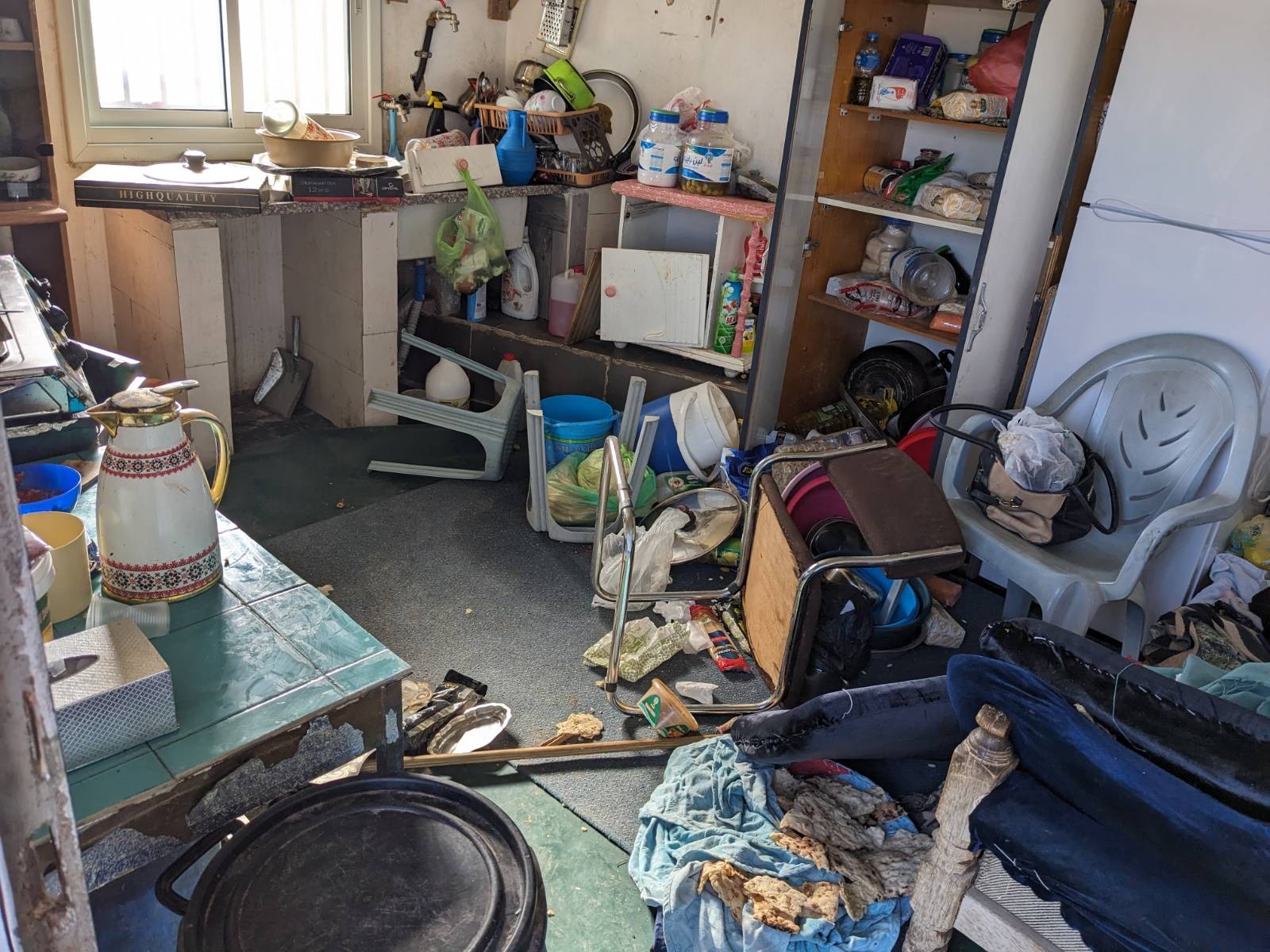-
Dissonance in Jerusalem
As we left the forcibly silent Muslim quarter, we were bombarded by celebration, carelessness, and isolation just a few blocks over in a Jewish Neighborhood.
-
Genocide in Gaza: Mass Civilian Death, Mass Displacement & Infectious Disease
10 December 2023 | International Solidarity Movement | Gaza Strip “We are nearing the point of no return.” These were the words spoken by nephrologist Dr. Ben Thomson during yesterday’s press conference on ‘urgent healthcare catastrophe in Gaza’ and the public health disaster advancing into its 63rd day in the besieged and bombarded Gaza Strip. […]
Action Alert An Nabi Saleh Apartheid Wall Arrests BDS Bethlehem Bil'in Cast Lead Demonstration Denial of Entry Ethnic Cleansing Farmers Gaza Global Actions Hebron House Demolition International law Israeli Army Jerusalem Live Ammunition Nablus Ni'lin Prisoner Ramallah Rubber-coated steel bullets Settlement Settlers Settler violence Tear-Gas Canister Video



